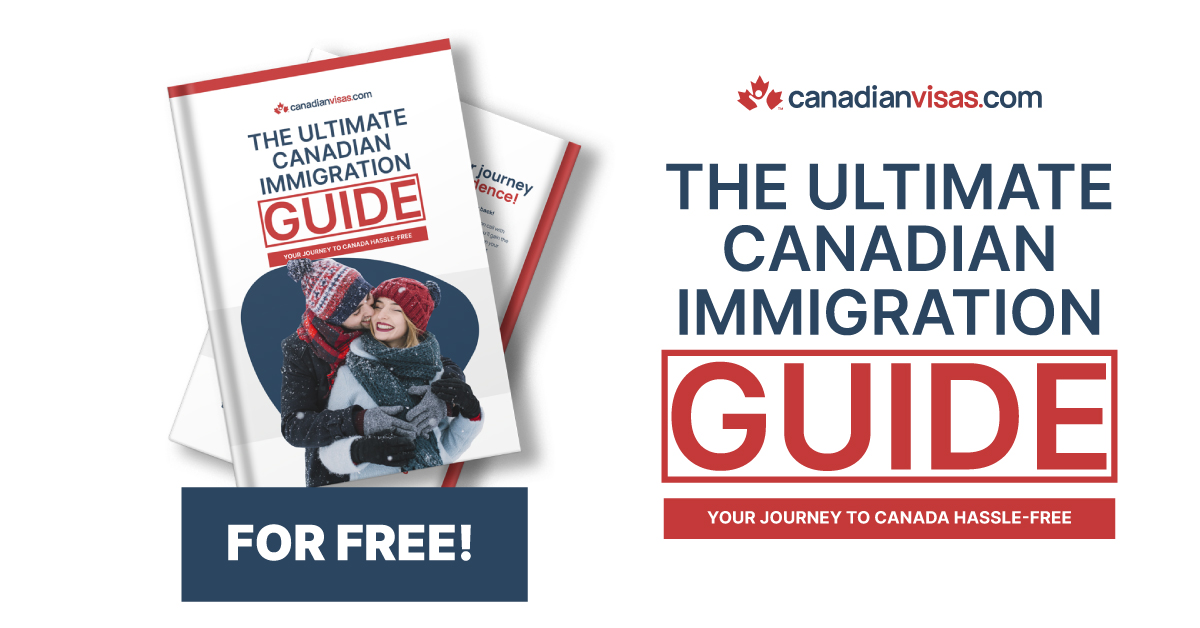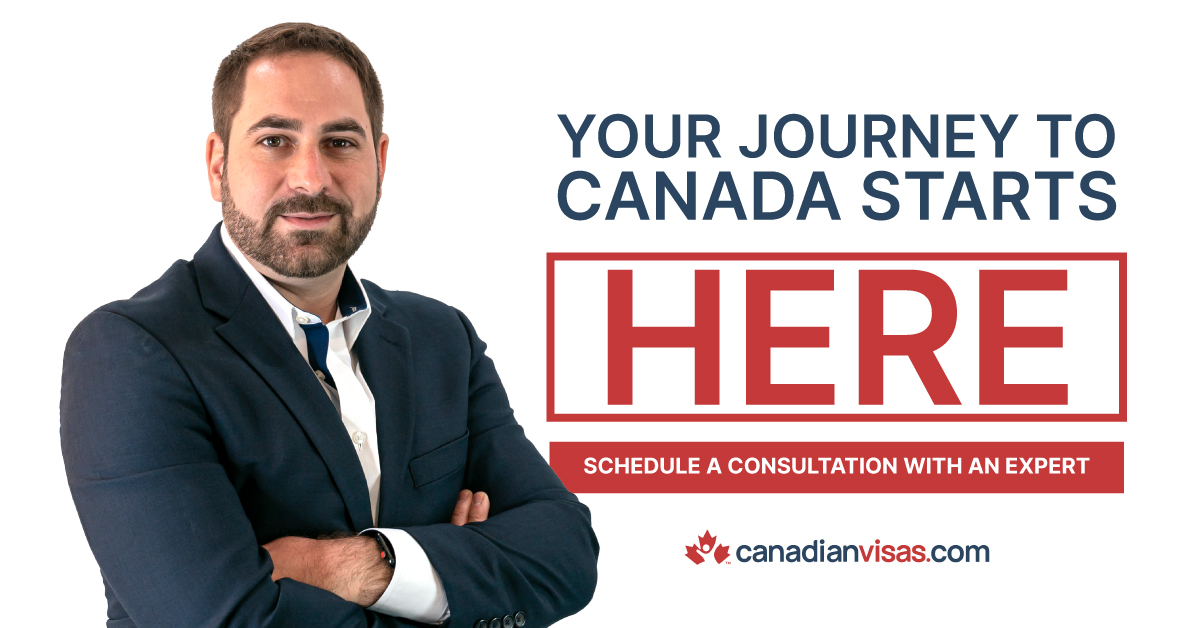
Canada’s Weekly Earnings Climb to $1,240: StatsCan Report
A new report by Statistics Canada reveals that Canada’s average weekly earnings for employees rose to $1,240 in April 2024. This represents a 3.7% increase compared to the same period last year. The previous month (March 2024) saw a growth of 4.1%.
Several factors contributed to this rise in earnings, including adjustments in wages, employment composition, hours worked, and the impact of the baseline year used for comparison. In June 2023, the average weekly earnings sat at $1,204.
Employee Numbers and Job Vacancies
The report also highlights a trend of declining employee numbers and job vacancies. This is the third consecutive month where the number of payroll employees receiving pay and benefits has dipped, with a decrease of 22,700 (-0.1%) in April.Job vacancies also fell by 32,000 (-5.3%) to 575,400 during the same period.
| Sectors | April 2024 | March 2024 | Month-on-Month Change | Year-on-Year change |
|---|---|---|---|---|
| Average for all sectors | 1240.18 | 1234.94 | 0.42% | 3.69% |
| Wholesale trade | 1545.50 | 1472.87 | 4.93% | 8.38% |
| Mining, quarrying, and oil and gas extraction | 2397.01 | 2320.93 | 3.28% | 3.15% |
| Other services (excluding public administration) | 1080.29 | 1064.72 | 1.46% | 6.41% |
| Utilities | 2145.11 | 2117.98 | 1.28% | 0.81% |
| Manufacturing | 1325.82 | 1313.10 | 0.97% | 0.89% |
| Health care and social assistance | 1121.61 | 1112.10 | 0.86% | 8.28% |
| Transportation and warehousing | 1298.87 | 1290.29 | 0.66% | 3.81% |
| Public administration | 1587.31 | 1577.51 | 0.62% | 3.28% |
| Construction | 1495.64 | 1486.59 | 0.61% | -0.24% |
| Real estate, rental and leasing | 1261.81 | 1255.47 | 0.50% | 1.28% |
| Forestry, logging and support | 1368.20 | 1367.84 | 0.03% | -3.90% |
| Professional, scientific and technical services | 1744.37 | 1746.75 | -0.14% | 2.31% |
| Information and cultural industries | 1702.69 | 1706.17 | -0.20% | 4.52% |
| Arts, entertainment and recreation | 756.64 | 758.53 | -0.25% | 9.31% |
| Accommodations and food services | 494.79 | 497.39 | -0.52% | 3.98% |
| Administrative and support, waste management and remediation services | 1051.45 | 1059.64 | -0.77% | 3.81% |
| Finance and insurance | 1600.95 | 1614.09 | -0.81% | 0.40% |
| Educational services | 1212.61 | 1223.11 | -0.86% | 1.45% |
| Retail trade | 741.99 | 750.52 | -1.14% | 5.97% |
| Management of companies and enterprises | 1775.27 | 1810.81 | -1.96% | 6.85% |
Average weekly earnings in Canada
Breakdown by Sector
The report provides a detailed breakdown of average weekly earnings and payroll employment across various sectors.Some sectors that witnessed a rise in earnings include wholesale trade (up 4.93% to $1,545.50), mining and oil extraction (up 3.28% to $2,397.01), and healthcare and social assistance (up 0.86% to $1,121.61).
Conversely, sectors like retail trade (-1.14% to $741.99) and administrative and support services (-0.77% to $1,051.45) experienced a decline in average weekly earnings.
Provincial Analysis
The report further explores average weekly earnings across Canadian provinces. While some provinces like Ontario (-0.29% to $1,271.04) and Quebec (-0.16% to $1,181.70) saw minimal month-to-month changes, others like Yukon (1.55% to $1,441.64) and Alberta (1.53% to $1,317.98) reported a significant increase.
Job Vacancies on the Decline
Job vacancies witnessed a substantial decrease of 223,400 (-28.0%) in April 2024 compared to the same month in 2023.This decline primarily resulted in an increase in the unemployment-to-job vacancy ratio, reaching 2.3 in April.
The retail trade sector was particularly affected, with a decrease of 5,200 vacancies (-8.6%) in April 2024 compared to the previous month. This represents the lowest number of vacancies in the sector since November 2019.
National Unemployment Rate
While this report focuses on job vacancies and earnings, it’s important to note that the unemployment rate in Canada has risen to 6.2% as of May 2024, according to the latest data from Statistics Canada.
Job Vacancy Rate
The report doesn’t explicitly state the job vacancy rate, but it can be calculated by dividing the number of vacant positions by the total labor demand (filled jobs + vacant jobs). This ratio would provide the vacancy rate as a percentage.








 Useful Resources for Canada
Useful Resources for Canada
 Useful Resources for U.S.
Useful Resources for U.S.
 Our Local Immigration Services
Our Local Immigration Services